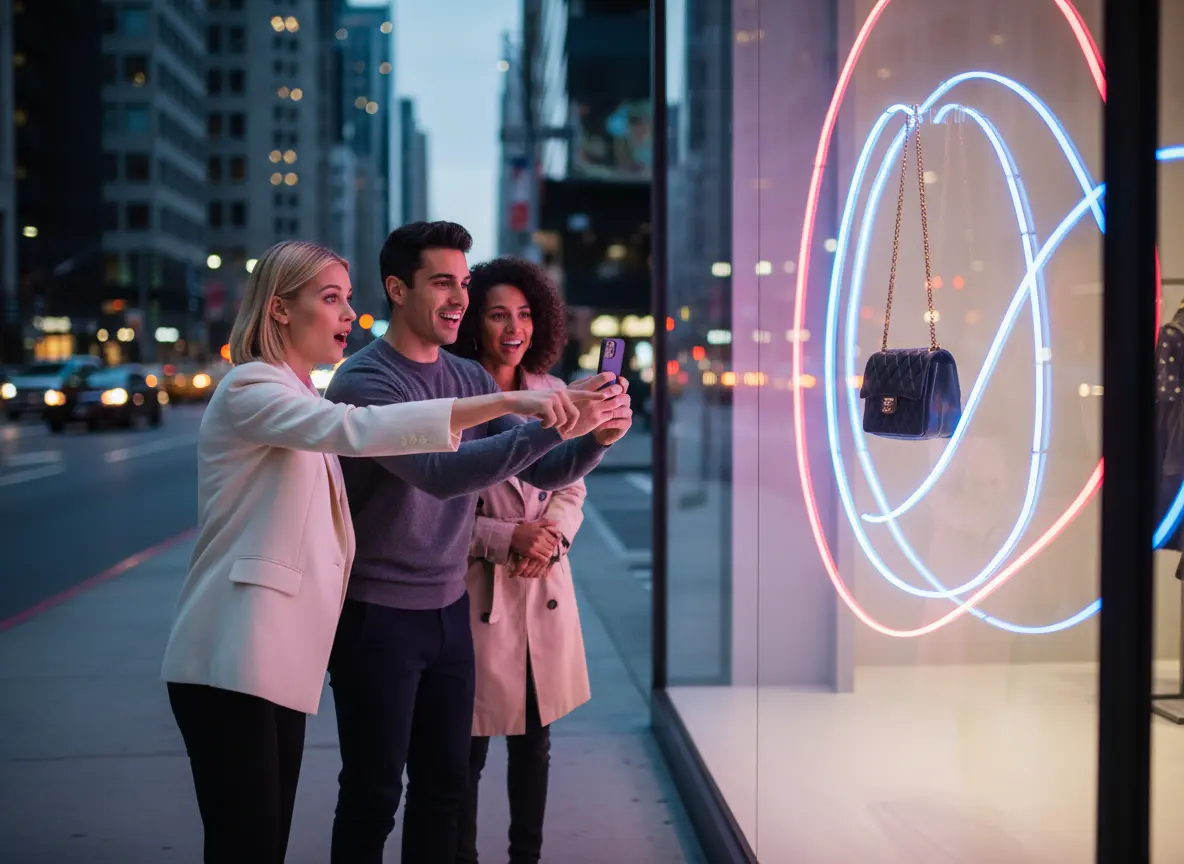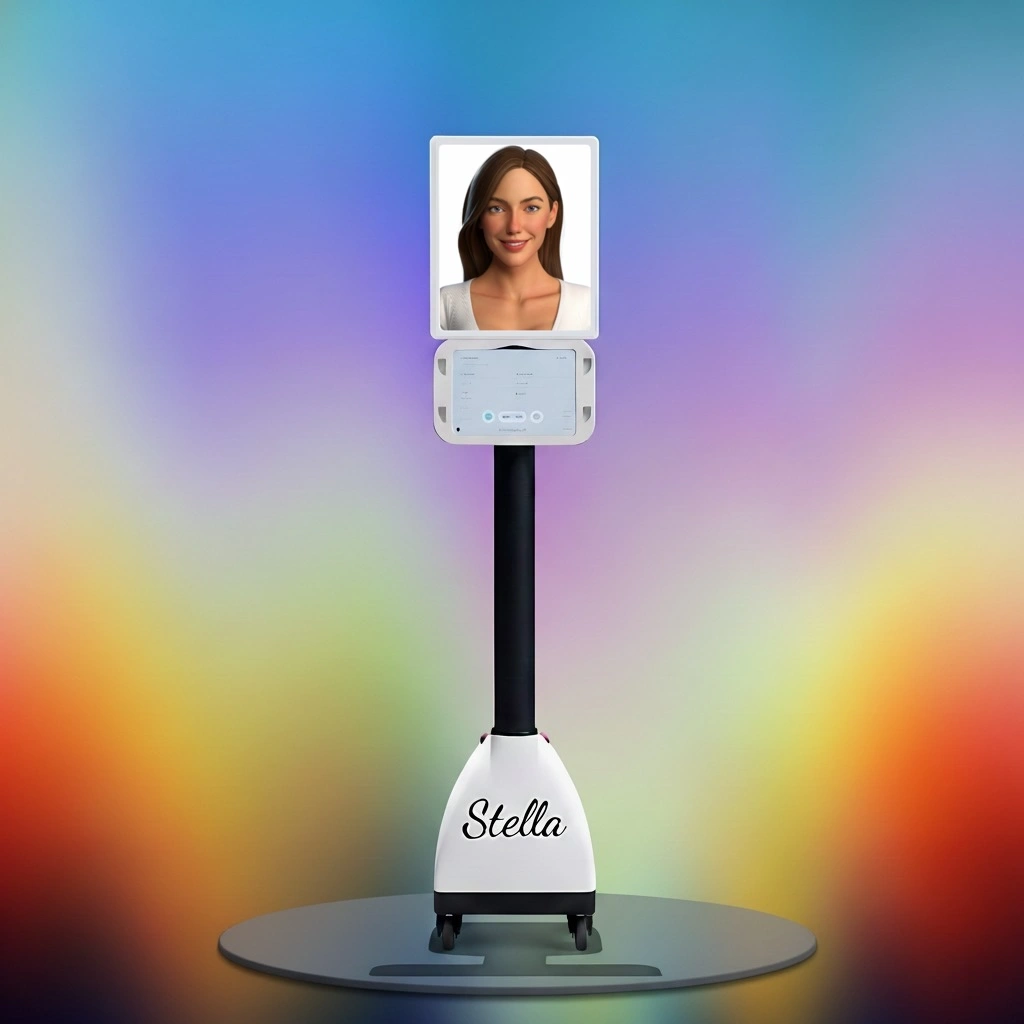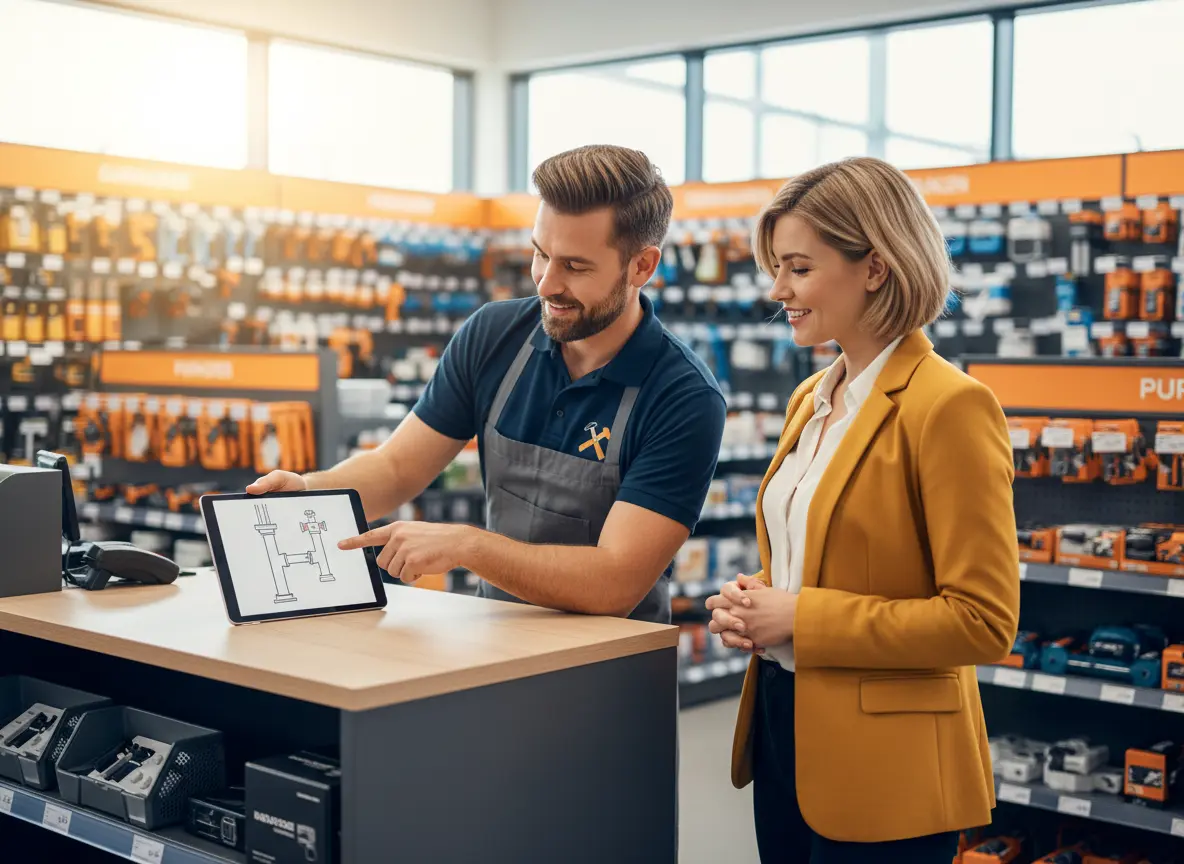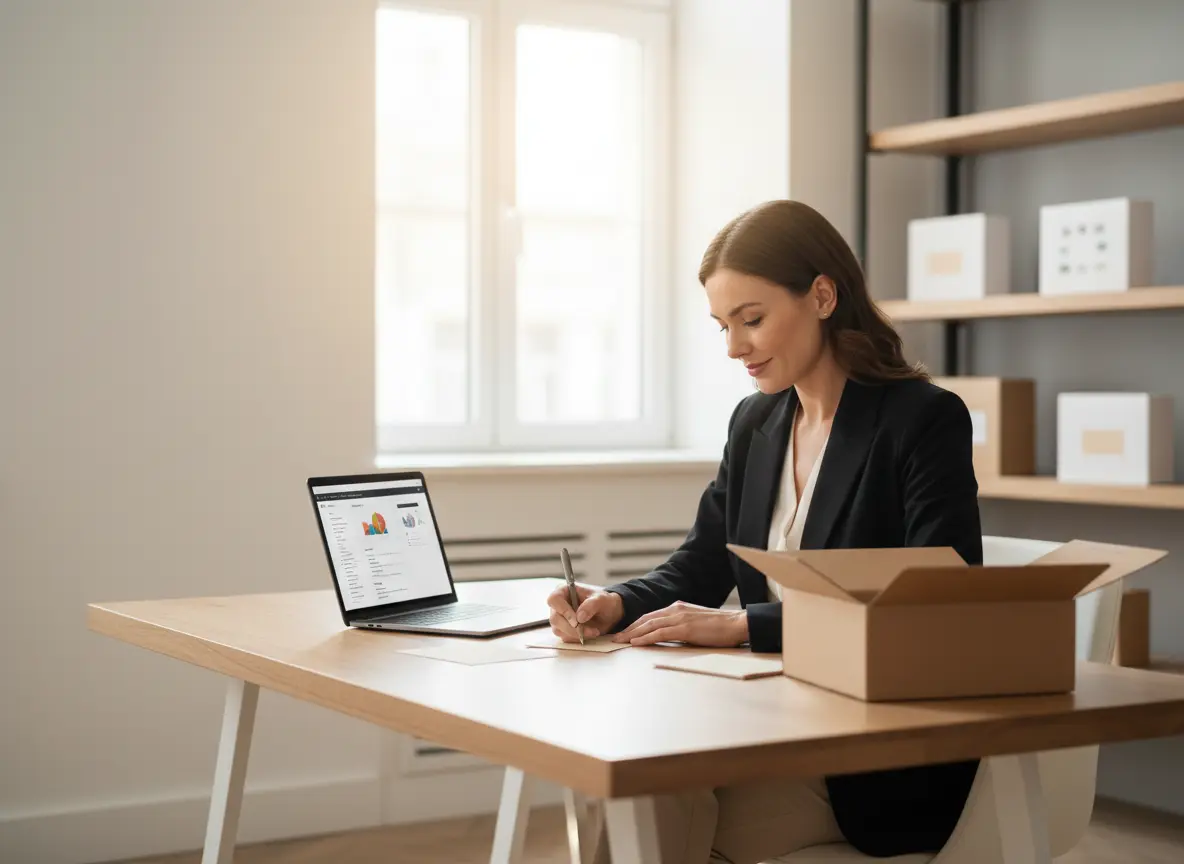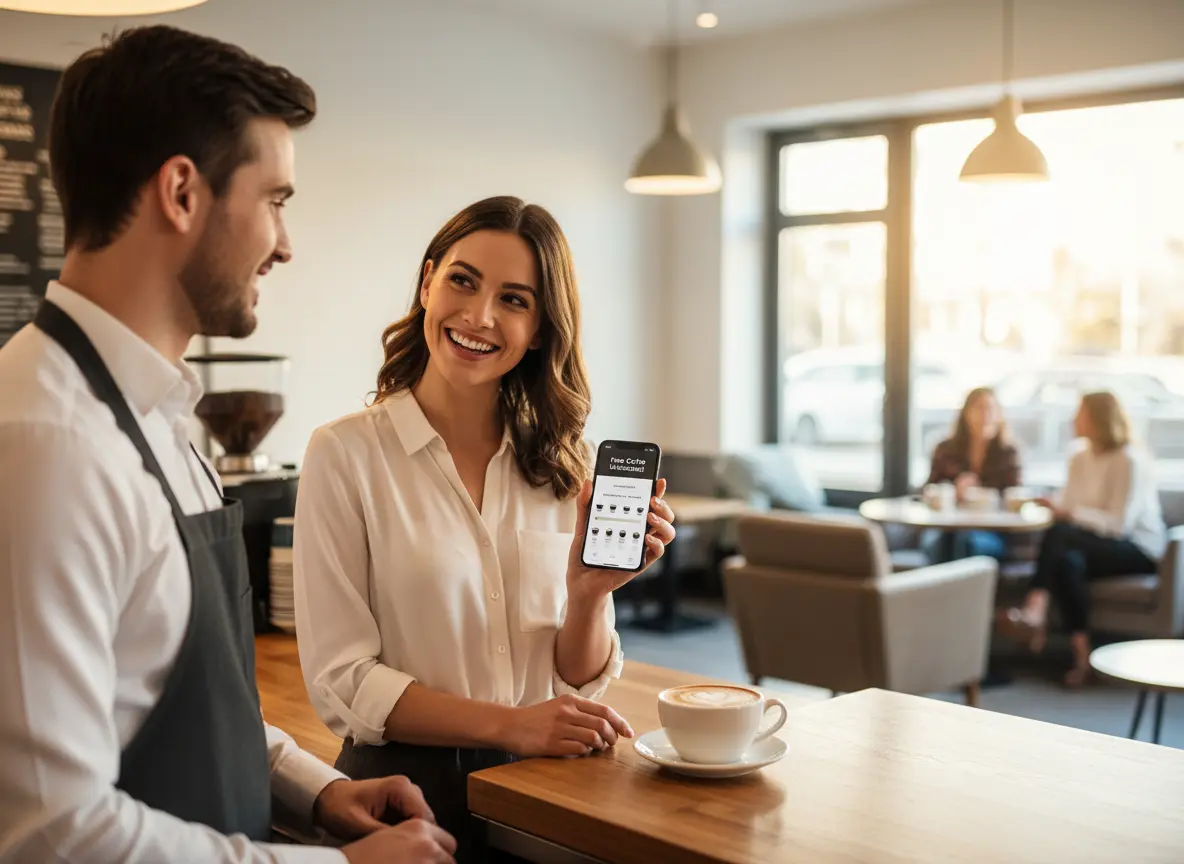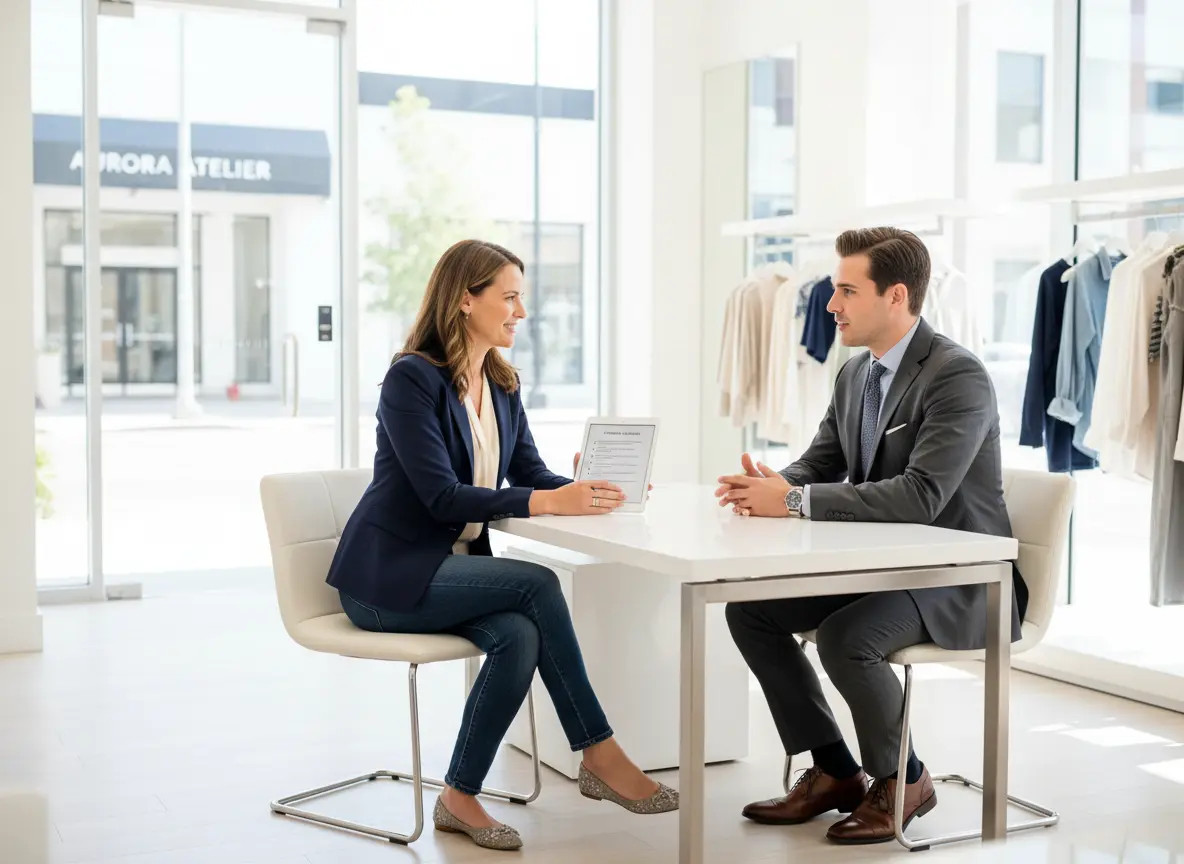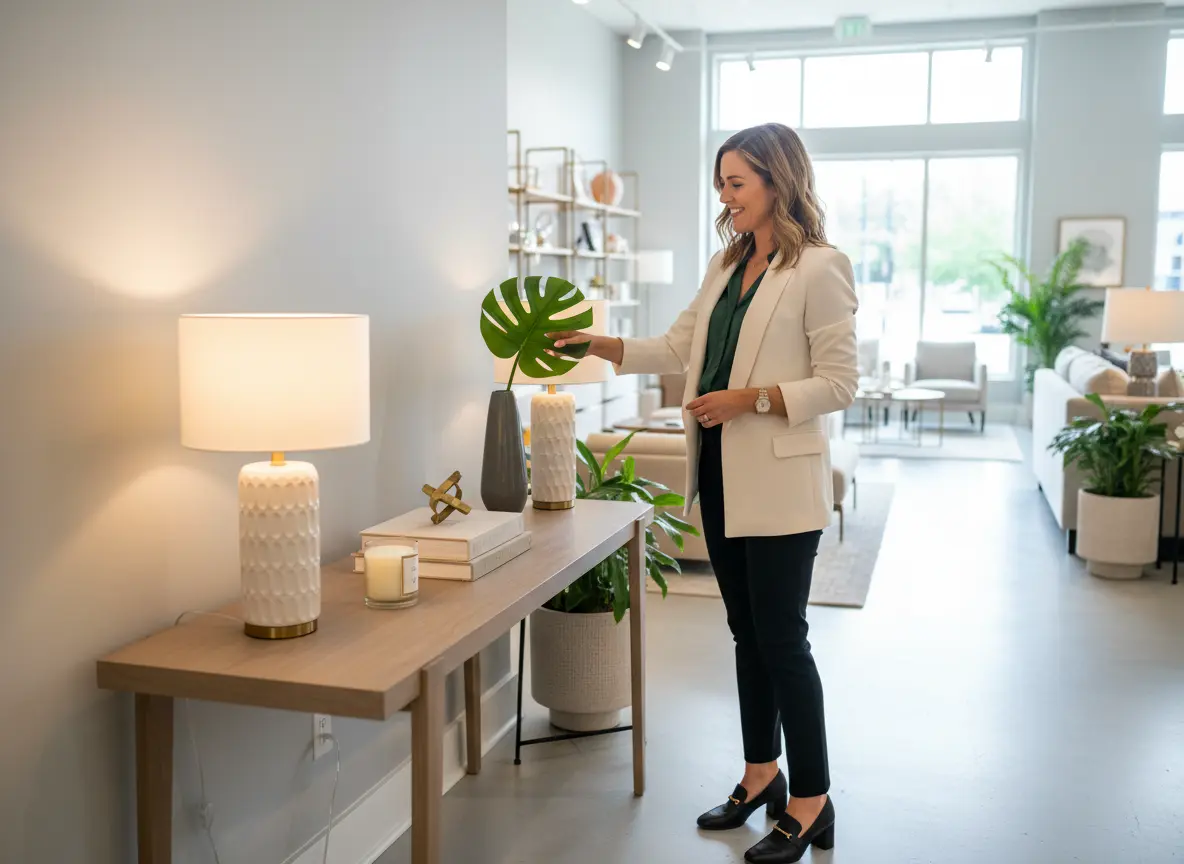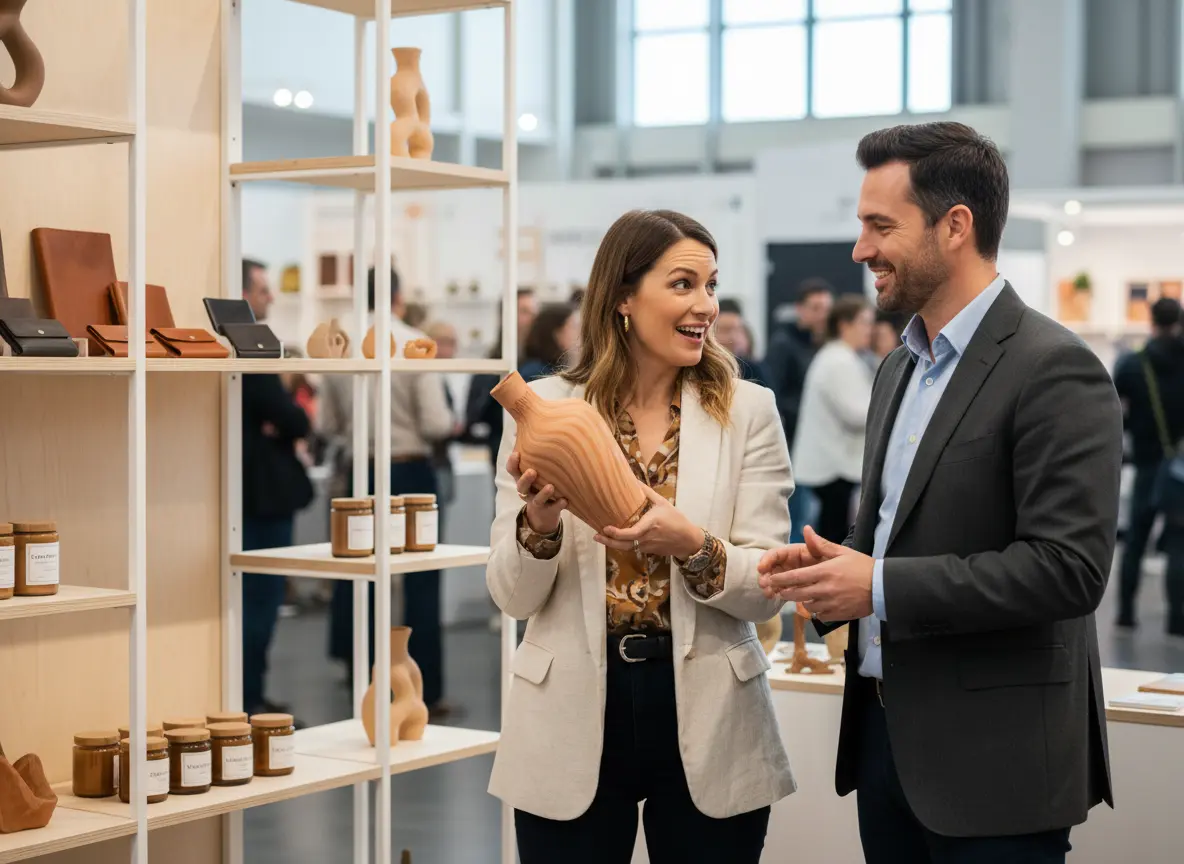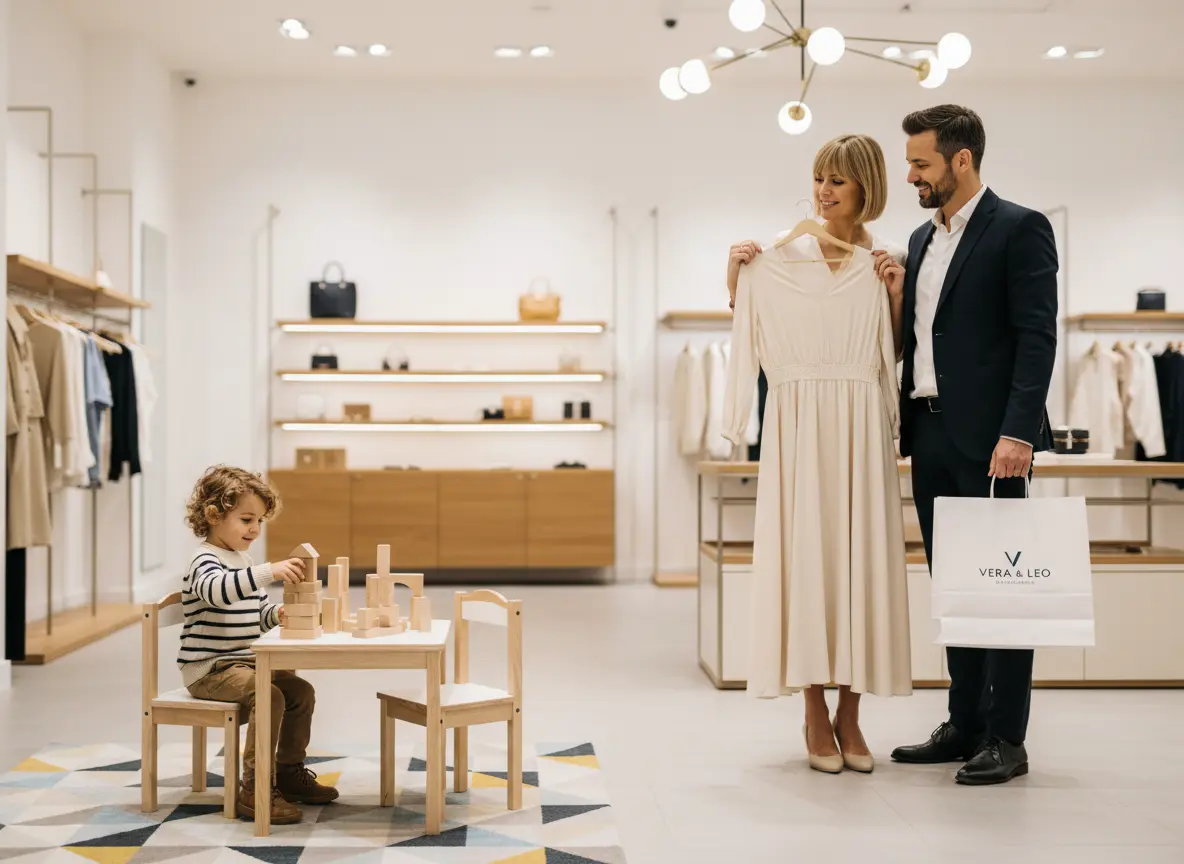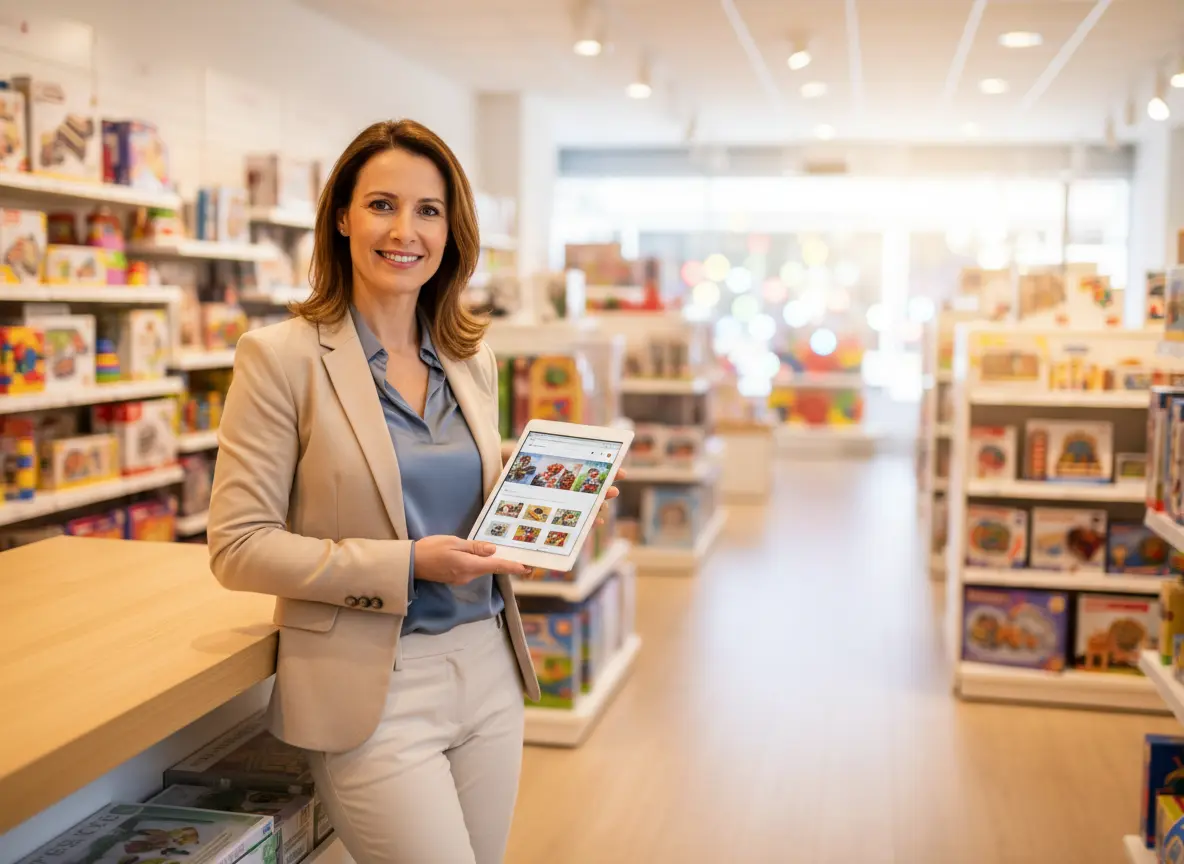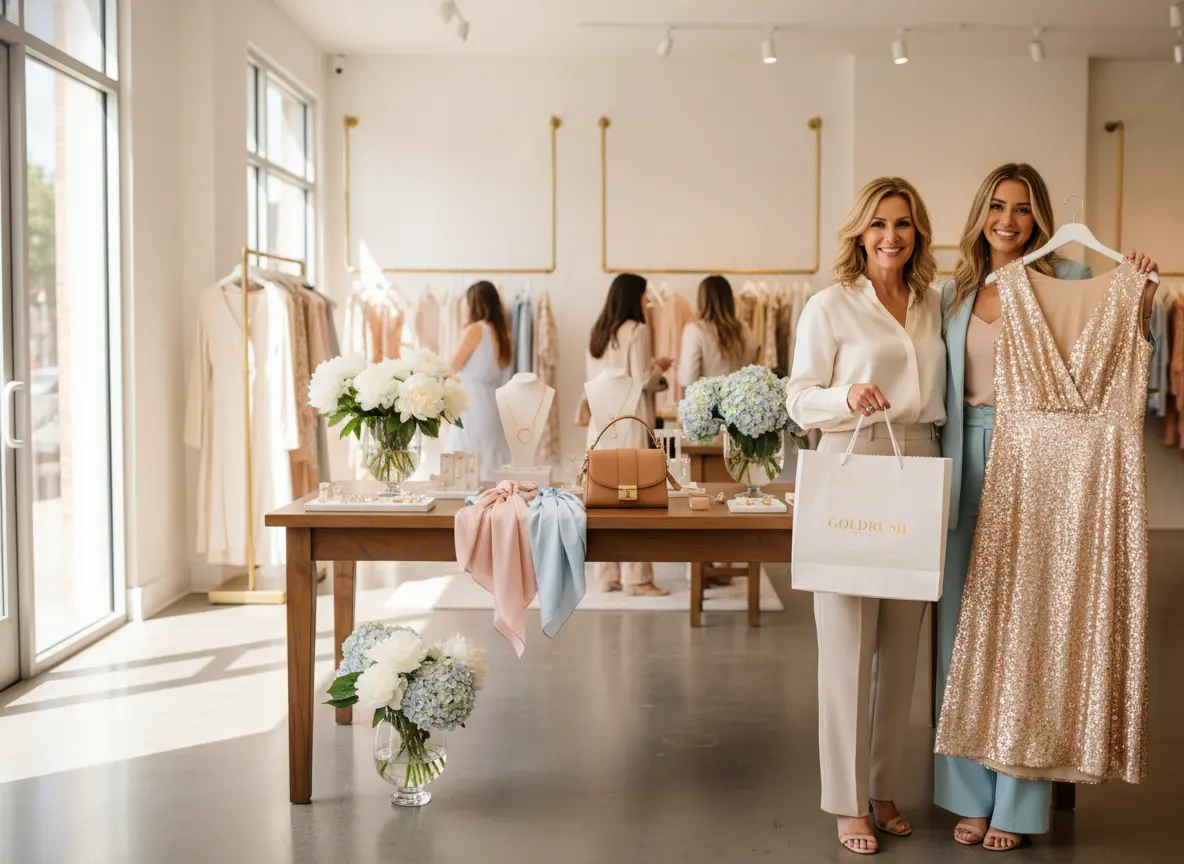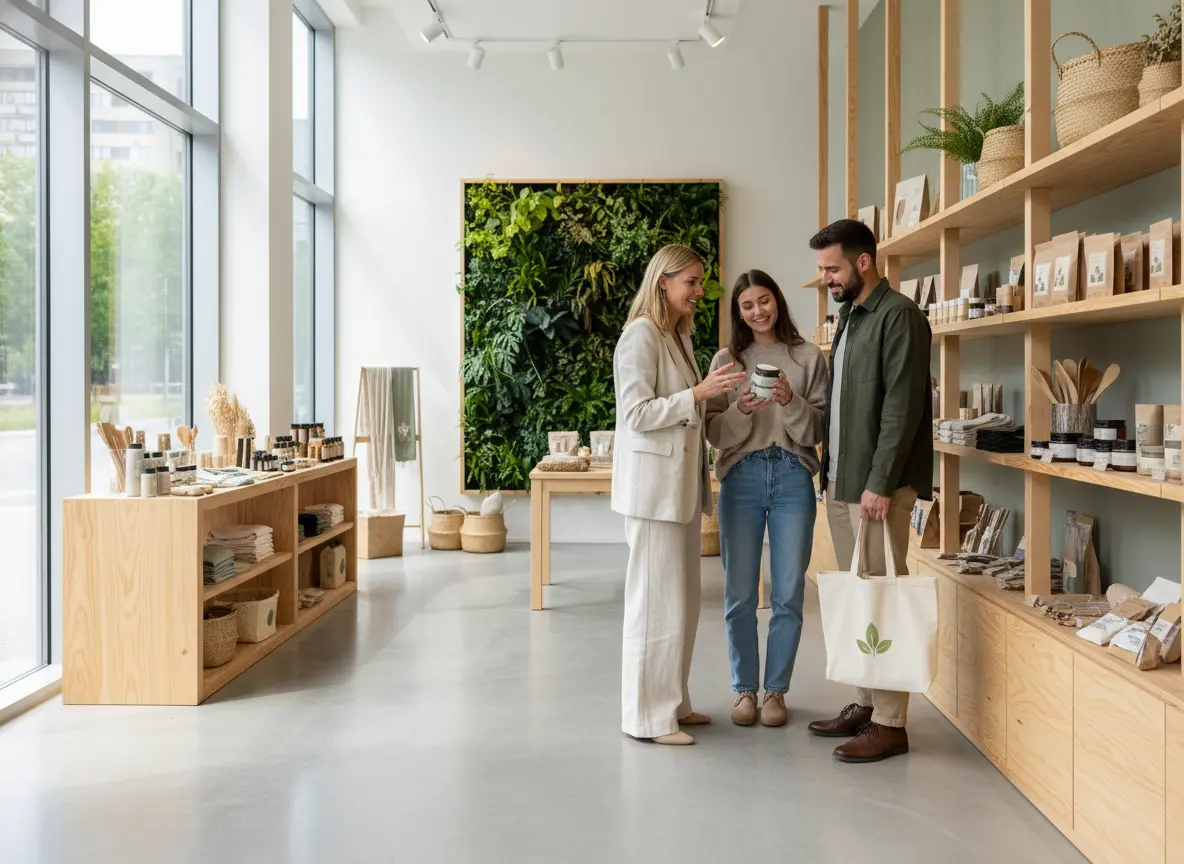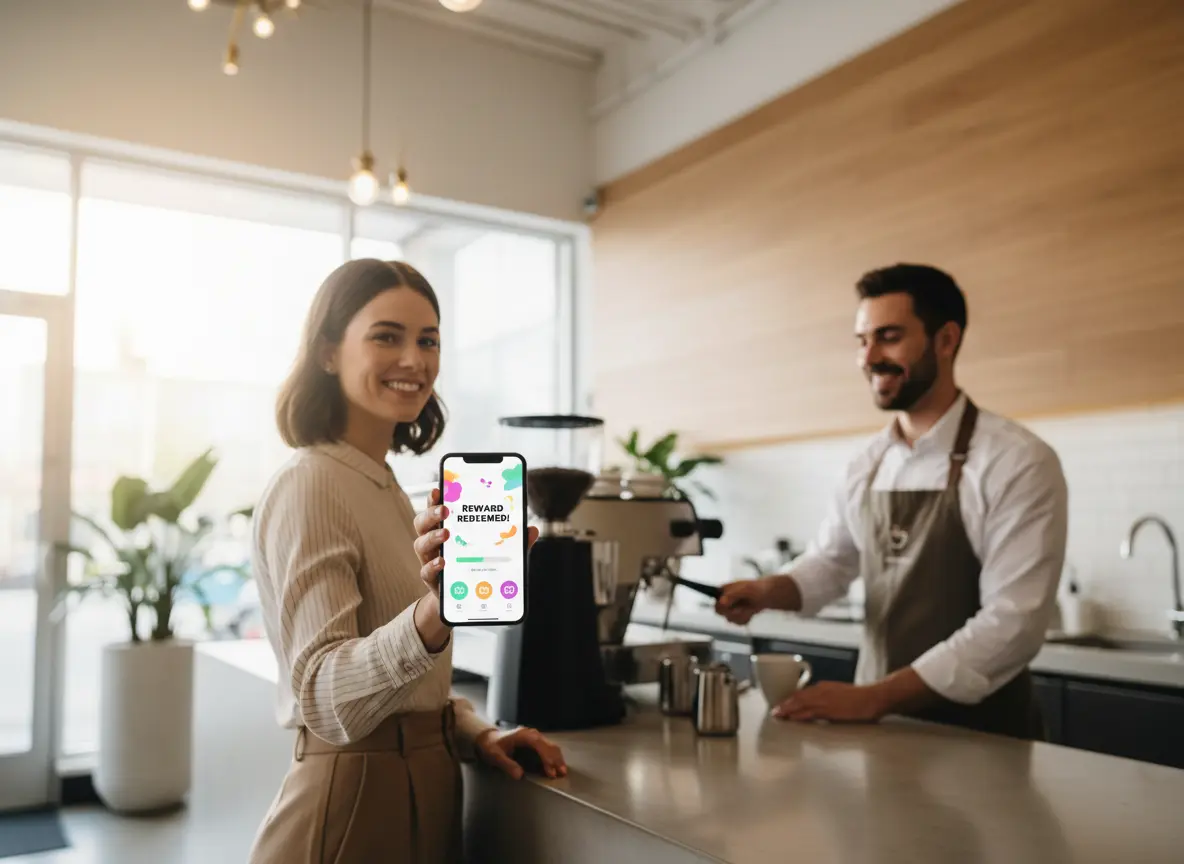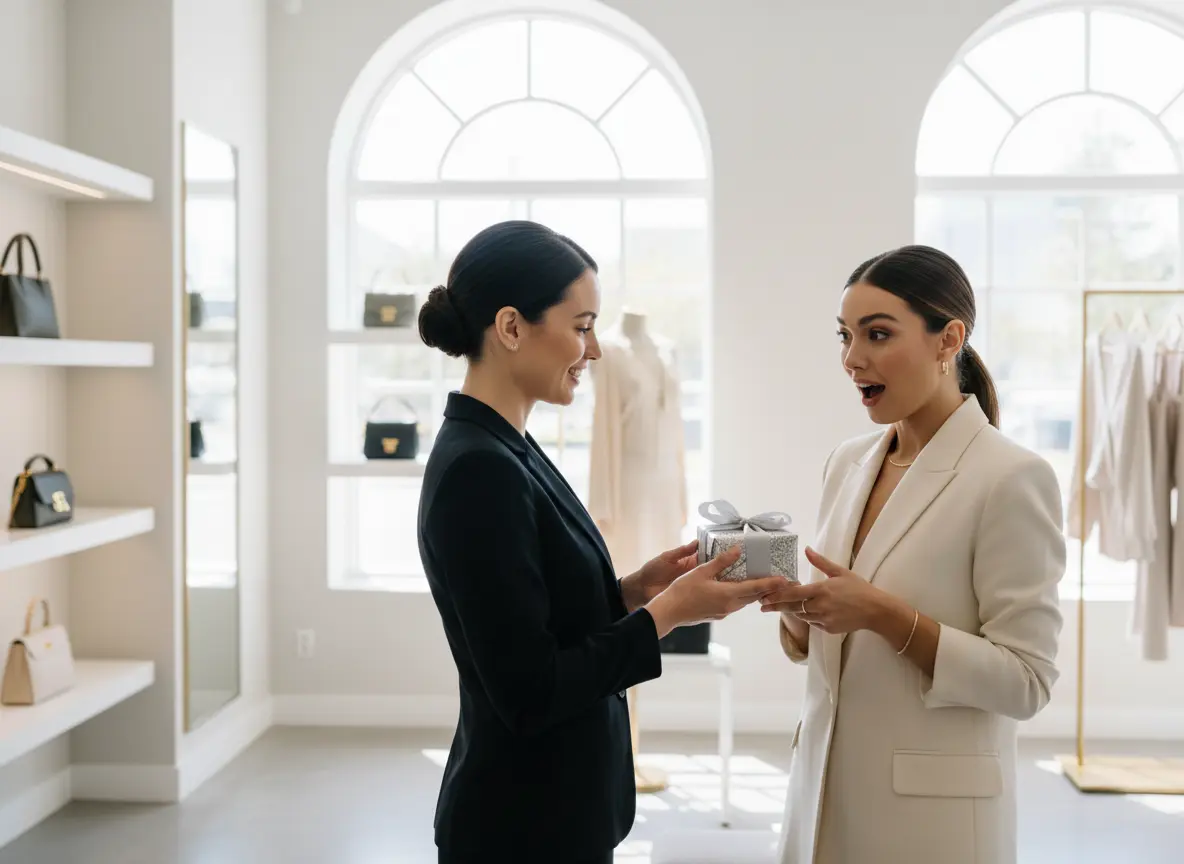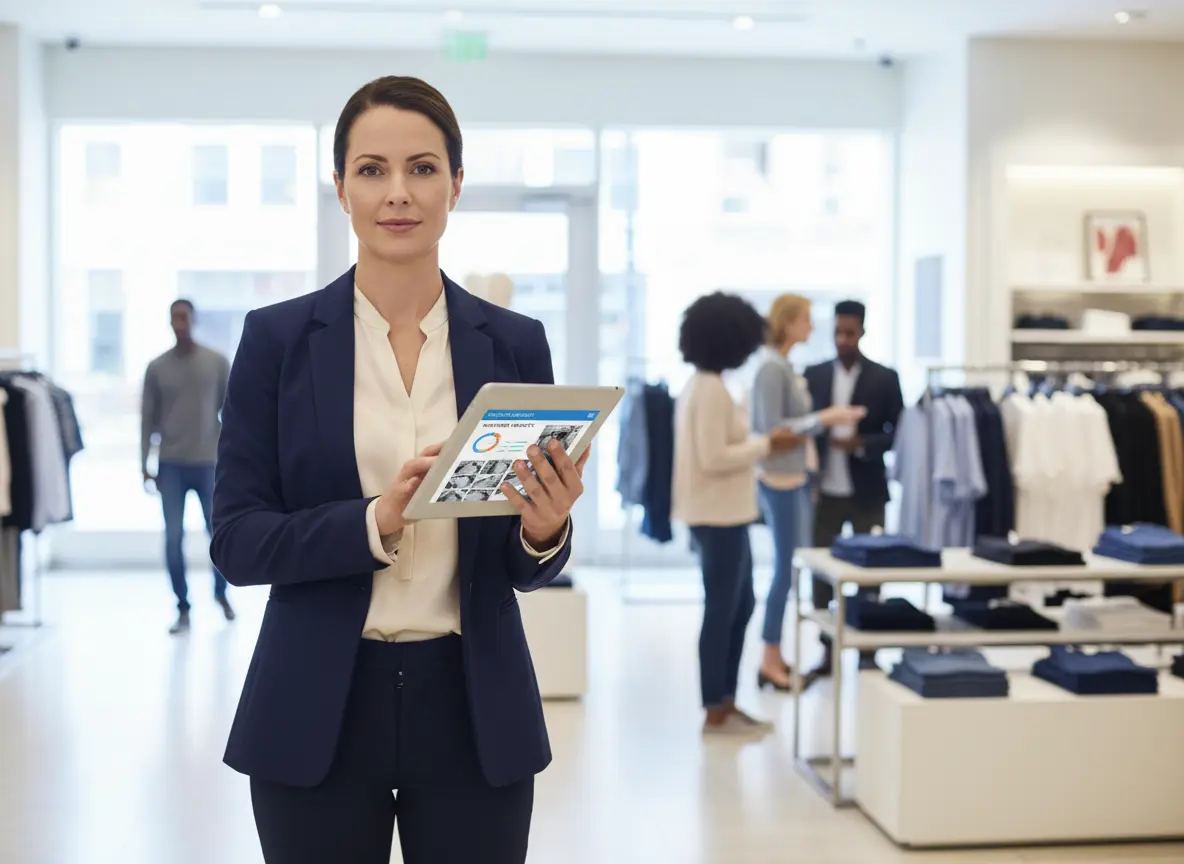First Impressions Are Everything (No Pressure)
Let’s be honest for a second. Take a walk outside and look at your front window. Is it a captivating, magnetic portal into the heart and soul of your brand? Or is it more of a… well, a dusty suggestion box for products you hope someone might accidentally buy? If pedestrians are strolling past your storefront with the same level of interest they give to a crack in the pavement, we have a problem. Your window display isn't just glass and props; it's your #1 salesperson, your 24/7 billboard, and your first (and sometimes only) chance to stop a potential customer in their tracks.
In a world of infinite scrolling and two-day shipping, the physical storefront has to do more than just exist. It has to perform. It needs to tell a story, spark curiosity, and make someone think, "I have no idea what's in there, but I absolutely have to find out." Forget "window shopping." We're aiming for "window stopping." This is about turning casual glances into committed entrances. So, let's roll up our sleeves and transform that sad, neglected pane of glass into a traffic-stopping masterpiece.
The Psychology of the Sidewalk Stare
Before you start piling your bestsellers into a pyramid and calling it a day, let's get inside the head of the person you're trying to attract. The average human attention span is dwindling faster than your patience during inventory counts. To capture it, you need to understand the basic psychological triggers that make people look up from their phones. It’s less about what you’re selling and more about what you’re saying.
The Power of a Singular, Compelling Story
People don't buy products; they buy better versions of themselves. Your window shouldn't be a catalog; it should be a single, compelling scene from a story. Instead of lining up a dozen different handbags, create a "Perfect Weekend Getaway" scene. Picture it: one stylish weekender bag, a pair of worn-in jeans, a cozy sweater, a travel guide to an exotic place, and a pair of sunglasses. Suddenly, you're not just selling a bag; you're selling adventure, relaxation, and escape. The goal is to make a passerby see the feeling, not just the product, and want to be a part of that narrative.
Color Theory for Commuters
Color is a powerful, non-verbal communicator. It can evoke emotion, create a mood, and, most importantly, grab attention from across the street. According to research, color can increase brand recognition by up to 80%. Think about your goal. Want to scream "SALE!" from the rooftops? Use bold, high-contrast colors like red and yellow. Want to convey luxury, calm, and sophistication? A monochromatic display using different shades of a single color, like forest green or royal blue, can be incredibly elegant. Don’t just pick colors you like; pick colors that serve the story you’re telling.
The "What Is THAT?" Factor
The most powerful tool in your arsenal is curiosity. A display that makes someone pause and try to figure it out is a winning display. This is your chance to be weird, whimsical, or wonderfully abstract.
- Use unexpected props: A mannequin holding a vintage rotary phone instead of a purse.
- Play with scale: A giant teacup in a display for a kitchenware store.
- Create motion: A slow-turning mobile or even a subtle digital element can draw the eye.
The goal is to break the pattern of their daily commute. You want to be the one thing they see that isn't like the others, forcing a mental double-take that hopefully leads to a physical U-turn into your store.
From Window to Welcome Mat
Congratulations! Your stunning, story-driven, curiosity-piquing window display worked. A shopper has stopped, stared, and is now pushing open your door. This is the most critical moment in the entire customer journey. The promise your window made must be immediately fulfilled by the experience inside. If your window is a vibrant, exciting party, the inside can't be a library with bad lighting.
Sealing the Deal at the Door
That initial impression inside the door sets the tone for everything else. Is a friendly face there to greet them? Is the energy consistent with what the window promised? Or are they met with a wall of silence and an employee frantically trying to untangle a rack of clothes? You have about ten seconds to validate their decision to come inside. The handoff from your window display (your "outside" salesperson) to your in-store experience must be seamless.
Your 24/7 Brand Ambassador
Ensuring a perfect welcome for every single customer is a huge challenge. That's where technology can bridge the gap. Imagine if every person who walked in, drawn by your amazing display, was instantly greeted by a friendly, helpful brand ambassador. An in-store assistant like Stella can be that perfect handoff. She can be programmed to reference the products in the window, saying, "Welcome! Did that cozy sweater in our 'Rainy Day Reads' display catch your eye? I can show you where to find it." She ensures the story that started on the sidewalk continues uninterrupted, making every customer feel seen and guiding them effortlessly from browser to buyer.
The Nuts and Bolts of a Killer Display
Alright, you’ve got the psychology down. Now for the practical stuff. Creating a great display doesn’t require a massive budget or an art degree, but it does require attention to a few key principles. Think of these as your cheat codes to a better window.
Lighting Isn't Just for Interrogations
You could have the most brilliantly designed display in the world, but if it's poorly lit, it might as well be invisible, especially at night. Lighting creates mood, directs focus, and makes your products look their best. Use spotlights to highlight your "hero" products. Use colored gels to enhance your color story. Try backlighting to create dramatic silhouettes. A well-lit display feels professional, intentional, and expensive (in a good way). Poor lighting just looks like you forgot to turn the main lights off.
The Rule of Three (and Other Compositional Cheats)
Our brains find certain arrangements more pleasing than others, and you can use this to your advantage. Here's a quick design lesson:
- The Rule of Three: Grouping items in odd numbers, particularly threes, is more dynamic and visually appealing than even-numbered groups.
- Create Pyramids: Arrange your products at varying heights to create a "pyramid" or triangular shape. This guides the viewer's eye naturally through the display.
- Establish a Focal Point: Decide what the one most important thing in the window is and make sure everything else serves to highlight it. Don't let your main product get lost in a sea of clutter.
Avoid lining products up in a straight row like they're waiting for the school bus. It’s boring and visually lazy.
Keep It Fresh, For Goodness' Sake
The biggest mistake retailers make is "set it and forget it." A display that's been up for three months becomes part of the scenery. People literally stop seeing it. A regularly updated window signals that your store is dynamic, active, and always has something new to offer. Aim to change your main display at least once a month, or at the very least, with every new season or major holiday. A dusty, sun-faded display is a sign of a neglected store, and nobody wants to shop in a place that feels forgotten.
A Quick Reminder About Stella
While you're busy crafting the perfect visual story for your window, remember that the customer journey is just beginning. Stella is your secret weapon for the second chapter, ensuring that the magic of your display is matched by an immediate, helpful, and engaging in-store welcome for every single customer, every single time.
Go On, Judge Your Window
Your window display is too important to be an afterthought. It’s your handshake, your opening line, and your invitation to the world. It’s the difference between being another storefront on a busy street and being a destination.
So here’s your homework. Right now, put down your device, walk outside, cross the street, and look at your store with the cold, critical eye of a stranger. Be brutally honest. Would you stop? Are you intrigued? Or would you just keep walking? If it’s the latter, you know what to do. Start with a story, add a splash of color, throw in a dash of weird, light it like a movie set, and for heaven's sake, change it before the seasons change again. Your bottom line will thank you.
